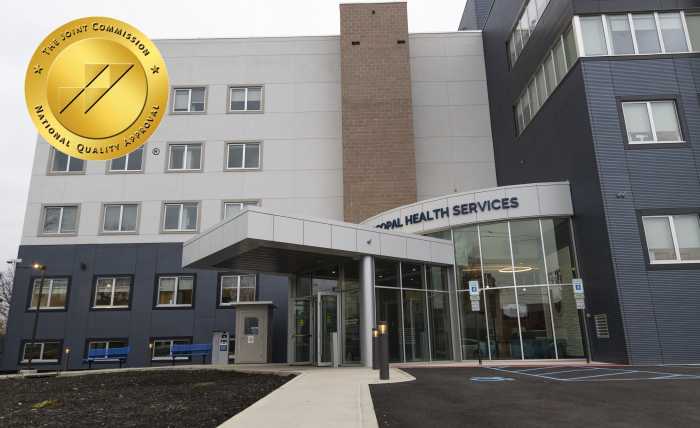The North Shore-LIJ Health System announced recently that it is now using new cutting-edge technology - similar to a global positioning system (GPS) - to treat prostate cancer.
The Calypso© System provides clinicians with an innovative solution for targeting and continually monitoring the prostate in real time, during a patient’s radiation therapy treatment for prostate cancer. North Shore-LIJ is only one of two centers in the Northeast - and the only hospital in Queens or Long Island - that offers this innovative technology.
“Calypso© enables physicians to localize and track prostate motion during treatment, and offers greater precision and capabilities than the most common methods of radiation therapy, called image guidance radiation therapy (IGRT),” said Louis Potters, M.D., chairman of radiation medicine at North Shore University Hospital and LIJ Medical Center. “While IGRT is helpful, there is added excess radiation exposure to the patient’s pelvis. Calypso© not only offers more accurate treatment, but there is absolutely no excess radiation.”
“Organs naturally move during radiation treatments, and this movement cannot always be predicted,” he added. “This new system is like a GPS for the body, enabling us to detect the slightest movement of the prostate so we can deliver extremely accurate radiation therapy. Until the advent of the Calypso©, we were not able to see what a tumor actually was doing during a patient’s treatment.”
“The vast majority of people don’t realize that a mere burp or even digestion can cause the prostate to shift an inch,” said Dr. Potters. “The Calypso© allows a continuous tracking so that if the prostate moves during the 10-minute treatment, the linear accelerator will stop until the target is back in place.”
The Calypso© utilizes tiny electromagnetic sensors, comparable in size to a grain of rice, that are implanted in the prostate prior to treatment. These sensors enable physicians to locate the tumor within the prostate and then continuously monitor the tumor’s location during the delivery of radiation. The sensors, which are passive until activated, are implanted in an outpatient procedure-one similar to that of a biopsy.
Radiation therapy is used to treat approximately one million cancer patients each year in this country. It is one of the most effective cancer therapies that currently exist. Each year, 218,000 men are diagnosed with prostate cancer, according to the American Cancer Society. In the treatment of prostate cancer, the most common side effects arise when the radiation beam misses the prostate but irradiates adjacent healthy organs, causing complications such as impotence, urinary incontinence and rectal bleeding, Dr. Potters said. For that reason, he said, it is critically important for physicians to guard against damaging healthy tissues that surround the tumor caused by misalignment and unpredictable tumor motion.
For more information, please call the Department of Radiation Medicine at LIJ Medical Center in New Hyde Park at 718-470-7190 or you can visit www.northshorelij.com/radmed.



































